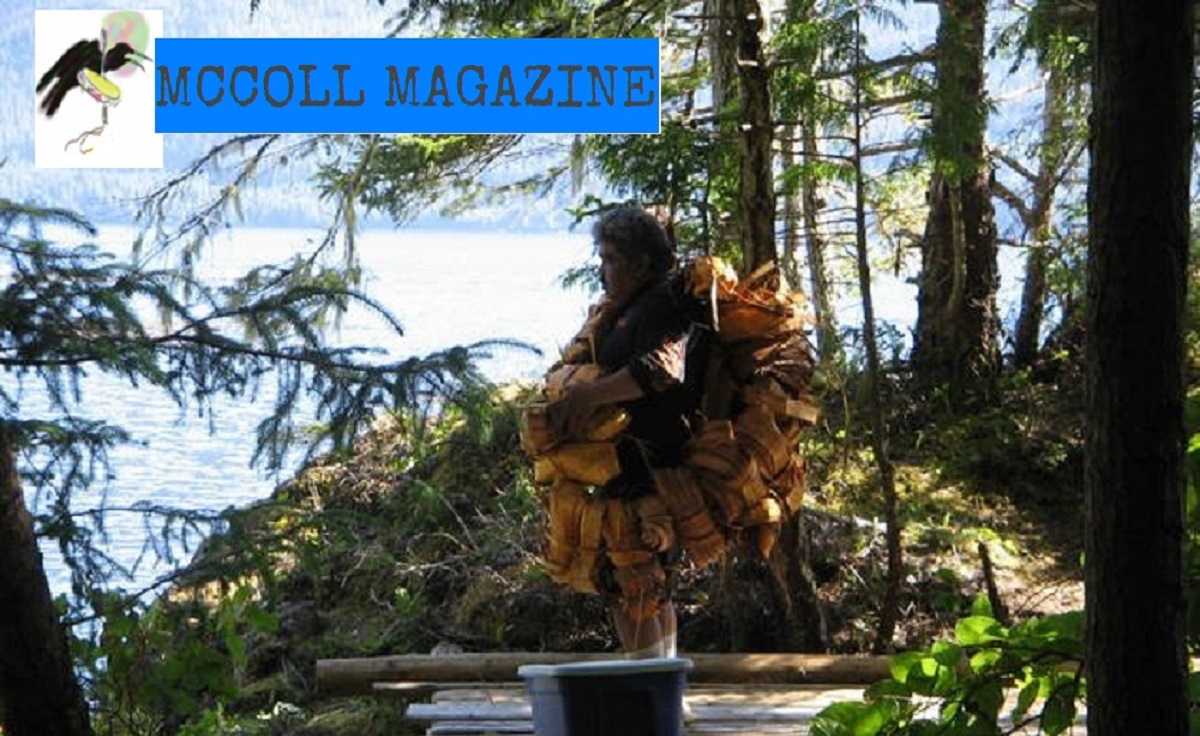By Malcolm McColl
First Nations Forestry Council is an organization formed from a specific mandate, says Keith Atkinson, Chief Executive Officer, "The Mountain Pine Beetle (MPB) is the main reason why the FNFC was formed in 20(?)." With $300 million flowing to bio-energy development in Canada the FNFC is actively promoting bio-energy development, "First Nations need to be involved."
Atkinson believes First Nation communities are fighting for their lives in the face of the MPB, "We cannot abandon our communities." Foremost, the MPB creates huge potential for biomass development, "The beetle may have peaked in its destructive force in B.C.," says Atkinson, "but enormous killing of trees continues."
Atkinson explains, "The FNFC began out of the MPB crisis. Millions of dollars were initially committed and the First Nations were included in the $100 million a year funding scheme, with $20 million a year earmarked for First Nations." Twenty percent of the federal commitment was designated to First Nation communities.
When the federal government first transferred $100 million to the province, "First Nations saw $8.4 million." Forestry is a multi-billion dollar industry in Canada. Rather than meeting the commitment, "In four years we saw $20 million for First Nations to do assessments and identify the impact of the MPB, and list the First Nation priorities to deal with it."
Atkinson notes that 50 percent of the 200 First Nation communities in B.C. are directly affected by the MPB blight, yet the federal government changed course in the middle of the funding program. From then on the federal government began diverting funding to national organizations for distribution through Natural Resources Canada and Western Diversification.
"Our agreement with the province of B.C. broke down. We continued to try and monitor the funding situation through working groups, to share and coordinate what money we received. The dollars started to flow and then it changed."
It's about the money because, "The number one issue is forest fuel management," which, Atkinson notes, "is fuel created by the MPB. Then comes the risk of forest fires. We have to make an urgent effort to mitigate against the forest fire hazard. These fires are increasing in severity and so is the incidence of interface fires," where cities like Kelowna and towns like Lillooet face devastating infernos.
Indian Reserve communities are always in peril in spring, summer and fall today. "We have a lot of work to do on reserves because the biomass fuel is constantly interfacing with these communities. The cost of treatment to reduce fire risk increases every year," and Atkinson estimates it is currently $135 million a year. "We've submitted funding proposals over and over and they always get culled down."
He says the First Nations require $20 million a year in B.C. over the next three years, $60 million, to reduce the threat to communities. Instead of funding, FNFC continues a four year battle to find a place in funding schemes that would reduce the threat to communities. "We are down to $2 million a year and we have the local rural First Nations willing to do the work but the money isn't there."
It's a difficult situation for an organization that was established for the purpose of fighting a pestilence that threatens the safety and existence of Canada's first people. "Our industry is facing a new kind of forestry. Restoration is the goal and we want communities to be running their own programs. It includes cultural and social sustainability of these communities. We also need to participate in the research of climate change."
Atkinson says the communities are structured for biomass fuel management and proper funding would enable economic development. The FNFC worked diligently from the outset to design a strategy based on $20 million a year for ten years. "The present Prime Minister says he will supply $1 billion to fix the problem, but he fails to recognize the 20 percent agreed for First Nations."
The federal government put the money into existing federal departments effectively bypassing First Nations. Furthermore the money available causes competition between First Nations for available funds. This unexpected diversion has shattered the organization of support. "Most people recognize First Nation issues today," says Atkinson, "and they know a few things about our plight."
It's a fact, "When you give money to First Nation communities it ends up in the hands of non-Natives, but when you give it to non-Native communities it never ends up in First Nation hands. And we're not trying to do this alone. We have a protocol agreement with the BC Bioenrgy Network to showcase 'best practices' and show the way to replicate success."
In short, the FNFC is working toward a governance model that works with industry and business and which could ultimately lead to solid government-to-government relations and increased certainty for economic progress. "Everybody needs First Nations full participation to support the forestry strategy.






